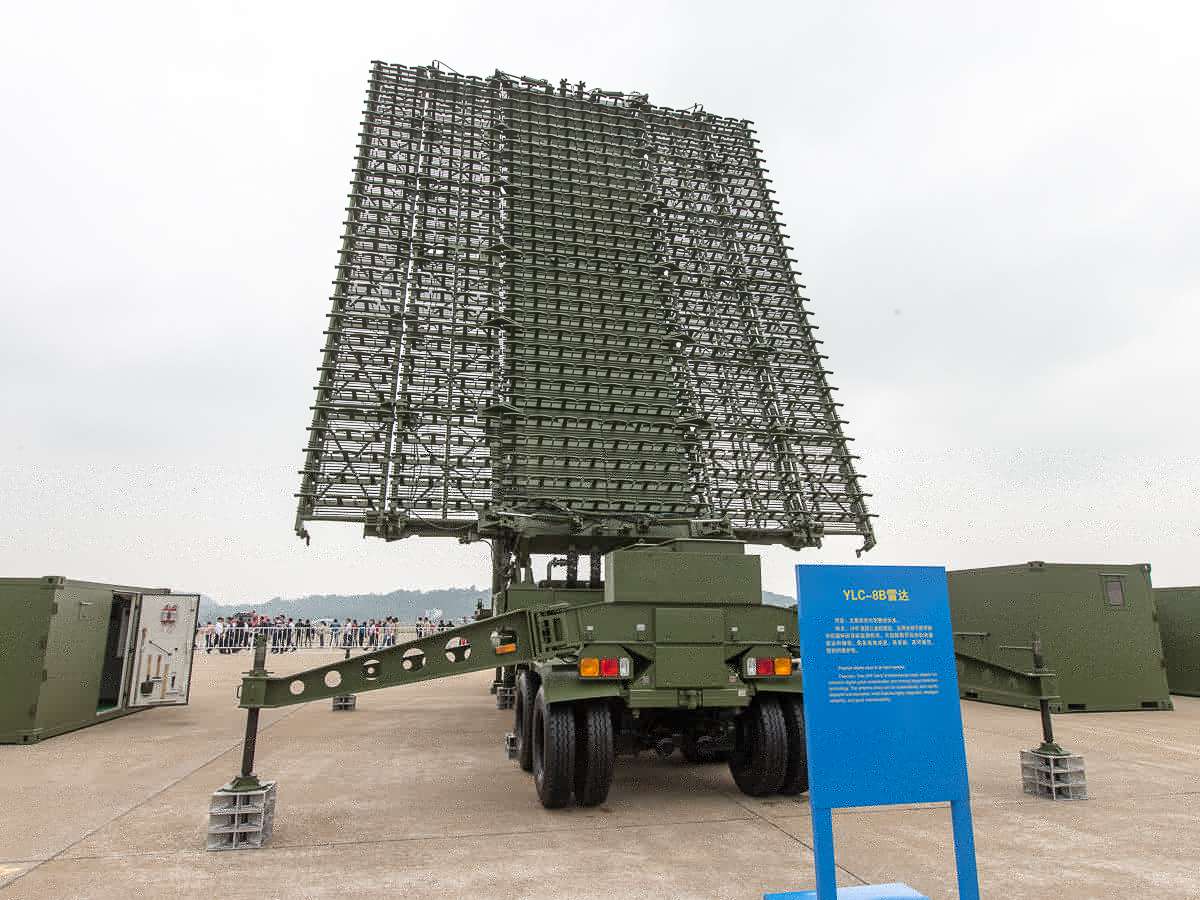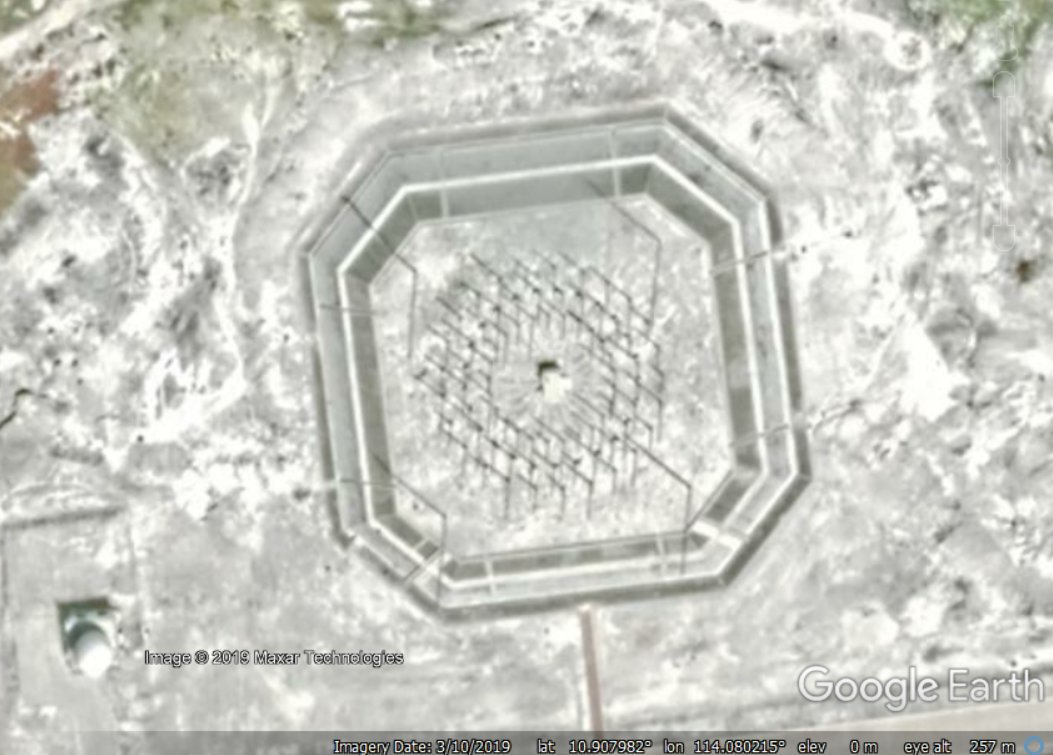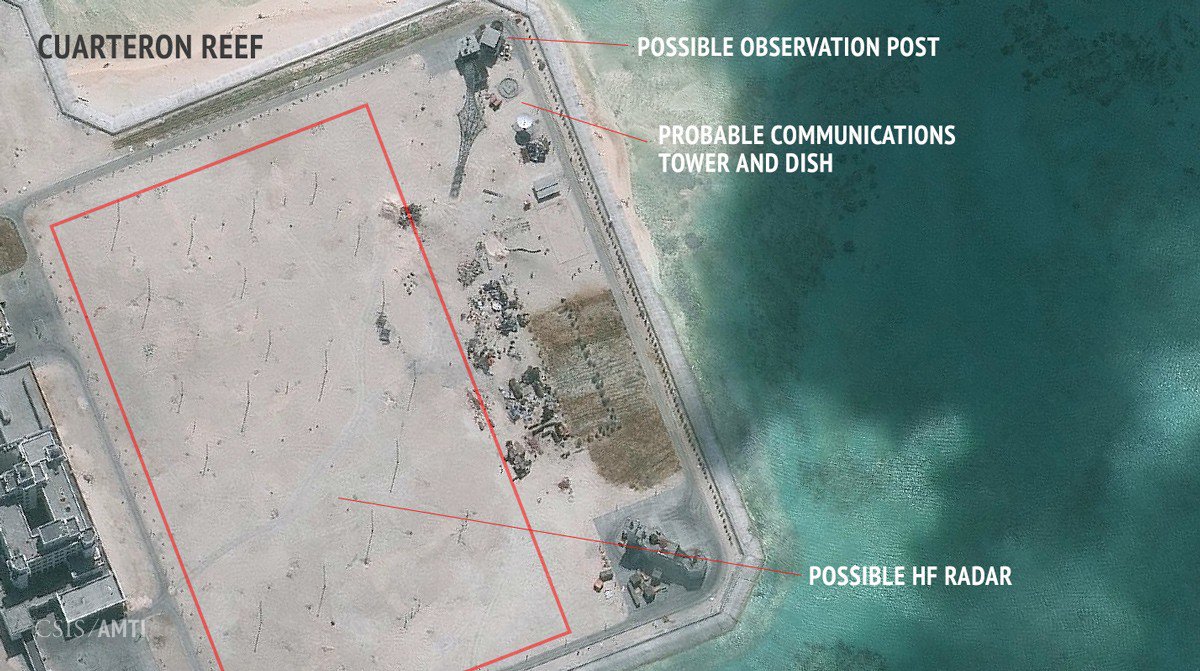Scientists from China’s Xidian University claim to have developed an anti-stealth radar so small that it could be easily set up anywhere, including on a rooftop, as per a report by Chinese media.
America’s Mammoth $13 Billion Missile Program Back In Spotlight As US Tests Its 1960-Era Minuteman-III ICBM
Russia Unveils ‘Super Stealthy’ Ballistic Missile Submarine Concept At Arms Expo; Could Replace Borei-Class Subs
Usually, anti-stealth radars need a large antenna to pick up the weak signature of a stealth aircraft that can absorb or deflect waves emitted by a radar, compromising the mobility of the radar and making it vulnerable to attacks.
“Although the detection accuracy of the radar can be improved by increasing the antenna aperture, it will reduce the mobility and survivability of the radar platform,” said professor Yang Minglei of the national laboratory of radar signal processing at Xidian University in a paper published in the domestic peer-reviewed journal Modern Radar on August 11.
Yang and his team developed a metric wave radar that is similar in size and looks like a clothes-drying rack, reported SCMP. The researchers claim that the device is mobile and demonstrated superior performance in terms of accuracy in detection during several tests carried out on the roof of a university campus building.

Anti-Stealth Radars In China
Research on anti-stealth radar technologies was picked up by China, particularly after an American B2 stealth bomber accidentally attacked the Chinese embassy in Belgrade during NATO’s 1999 air war over Yugoslavia. The alliance struck several targets in Serbia and Kosovo.
Currently, China has a multi-layered air defense system with anti-stealth radar stations, particularly along the eastern Pacific Ocean and the South China Sea coastline.
For example, a very high frequency (VHF) radar array is located on the Subi Reef, which Chinese media describes as a ‘counter-stealth radar.’ Subi Reef is a Chinese-held reef in disputed Spratly islands, also claimed by Vietnam and Taiwan.
China has a military outpost on this reef, with the VHF radar array, described by Chinese scientists as a synthetic impulse, and aperture radar (SIAR) located on the southern end of the outpost as of 2020.
The radar operates within the frequency band of 30-300 megahertz and consists of three concentric rings of antenna elements.

According to Chinese researchers, using circular, randomheight antenna configuration and SIAR signalprocessing techniques enables the radar to overcome the usually accepted limitation of VHF-band radar and operate as a genuinely four-dimensional radar that can determine the range, azimuth, elevation, and velocity of airborne targets.
Furthermore, the radar is also said to be capable of detecting and tracking low-flying targets due to its ability to overcome ground clutter.
Apart from that, there is also a High Frequency (HF) radar on the Cuarteron Reef, part of the disputed Spratly islands, held by China and claimed by the Philippines, Vietnam, and Taiwan.

The HF radar on the Cuarteron Reef consists of evenly spaced 20-meter poles and can reportedly detect objects, including stealth aircraft, at up to 3,000 kilometers.
However, as EurAsian Times has reported earlier, the HF radars can detect stealth planes, but they lack the precision to guide a weapon toward the target. The HF radars cannot accurately determine an airborne target’s range, altitude, and precise direction.
The radar resolution cells of an HF radar can be several miles apart, meaning the radar can only signal the other sensors to search the airspace or guide fighters toward a roughly defined search area.
Metric-Wave Anti-Stealth Radars
As stated above, the latest anti-stealth radar developed by professor Yang Minglei and his team is a metric wave radar. These types of radar are usually huge, with even the mobile versions being tens of meters high when extended, requiring large trucks to be towed and can take hours to set up.
Also, their huge size makes them easily detectable by satellites and vulnerable to attacks. For example, the JY-27 radar, manufactured by China Electronics Technology Group (CETC), was destroyed by an Israeli airstrike in 2019.
Before and after the strike: JY-27 radar in #Damascus #International #Airport, #Syria, 20 January 2019. pic.twitter.com/OlH88cDFPT
— ImageSat Intl. (@ImageSatIntl) January 22, 2019
The JY-27 radar in question was a part of the Syrian Air Defense at Damascus airport and was allegedly destroyed by an F-35i Adir fighter jet of the Israeli Air Force on January 20, 2019, indicating the ability of the radar to detect a stealth aircraft is also questionable.
Nevertheless, the incident led to concerns about the survivability of these anti-stealth platforms.
The metric-wave radar system developed by Yang and his colleagues consists of two identical antennas separated by about 20 meters on the same rooftop.

The antennas are connected by an optical cable to work simultaneously, with one emitting low-frequency electromagnetic pulses and the other detecting the returning signals.
The researchers claim that the dual antenna array provides extensive area coverage, allowing the system to pick up more long waves reflected by a target.
At the same time, however, the gap between the antennas also created extra noise or false signals, potentially affecting the accuracy. The researchers claimed to have developed an algorithm that could extract valuable signals from strong background noise by analyzing data collected by antennas in different locations.
Yang’s team said that the data flow generated by the new radar system was greater than usual, which needed four domestically produced Hunxin 1 chips for processing.
The Hunxin 1 is a coin-sized processor made using 55-nanometer technology. It has been used widely in Chinese cars, machinery, and military equipment for nearly a decade because of its low cost, high performance, and stability, even in harsh environments. The technology is so old that it will remain unaffected by US sanctions, reported the SCMP.
“The chip has a quad-core parallel processing structure with powerful floating-point computing capabilities, which can very well meet the application requirements of high-speed real-time signal processing,” Yang noted in the paper.
That said, the actual efficacy of the new radar in detecting real-world stealth aircraft like an American F-35 and F-22 remains unclear. Yang’s team said in the paper that the radar was used for tracking civilian aircraft, and the test data suggested the technology worked.
- Contact the author at tanmaykadam700@gmail.com
- Follow EurAsian Times on Google News





